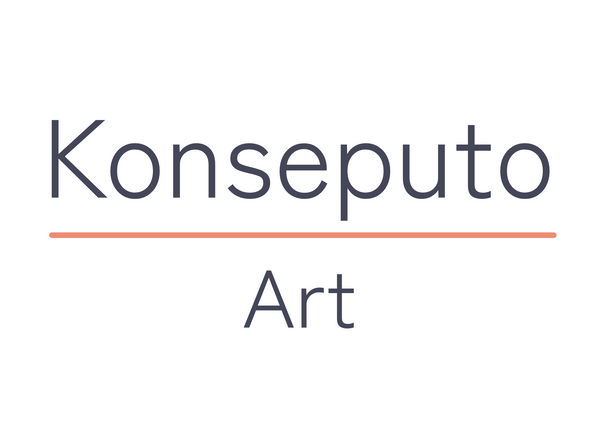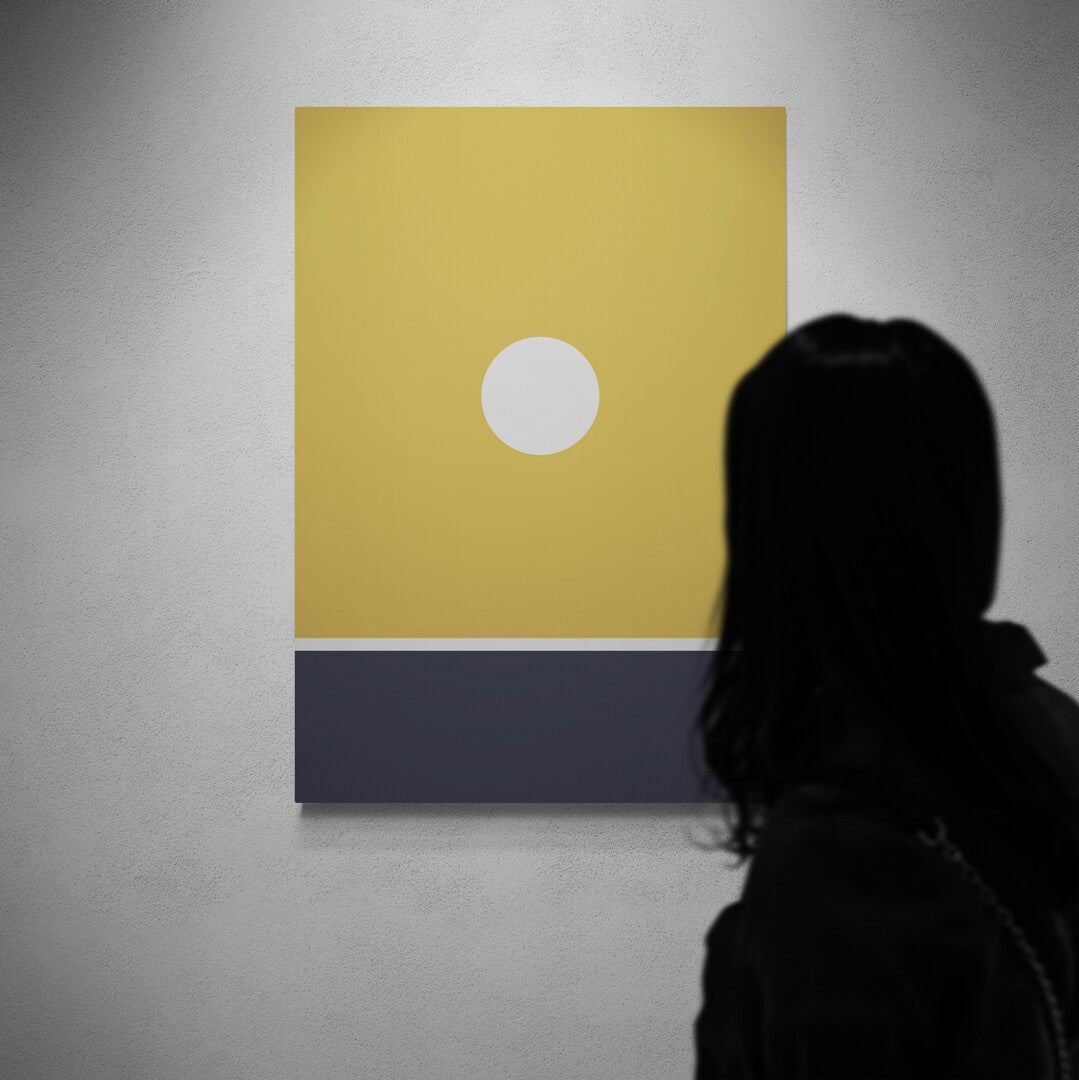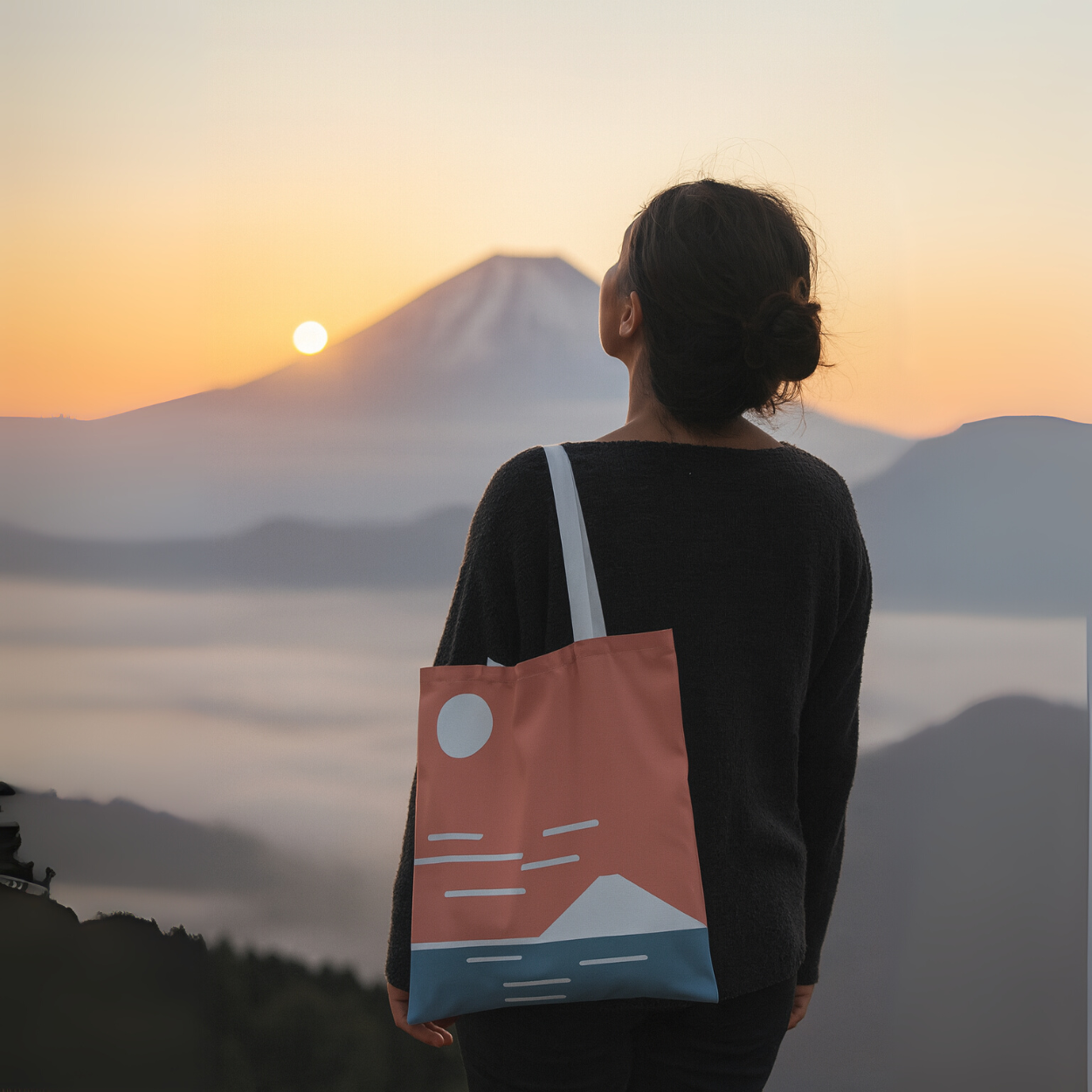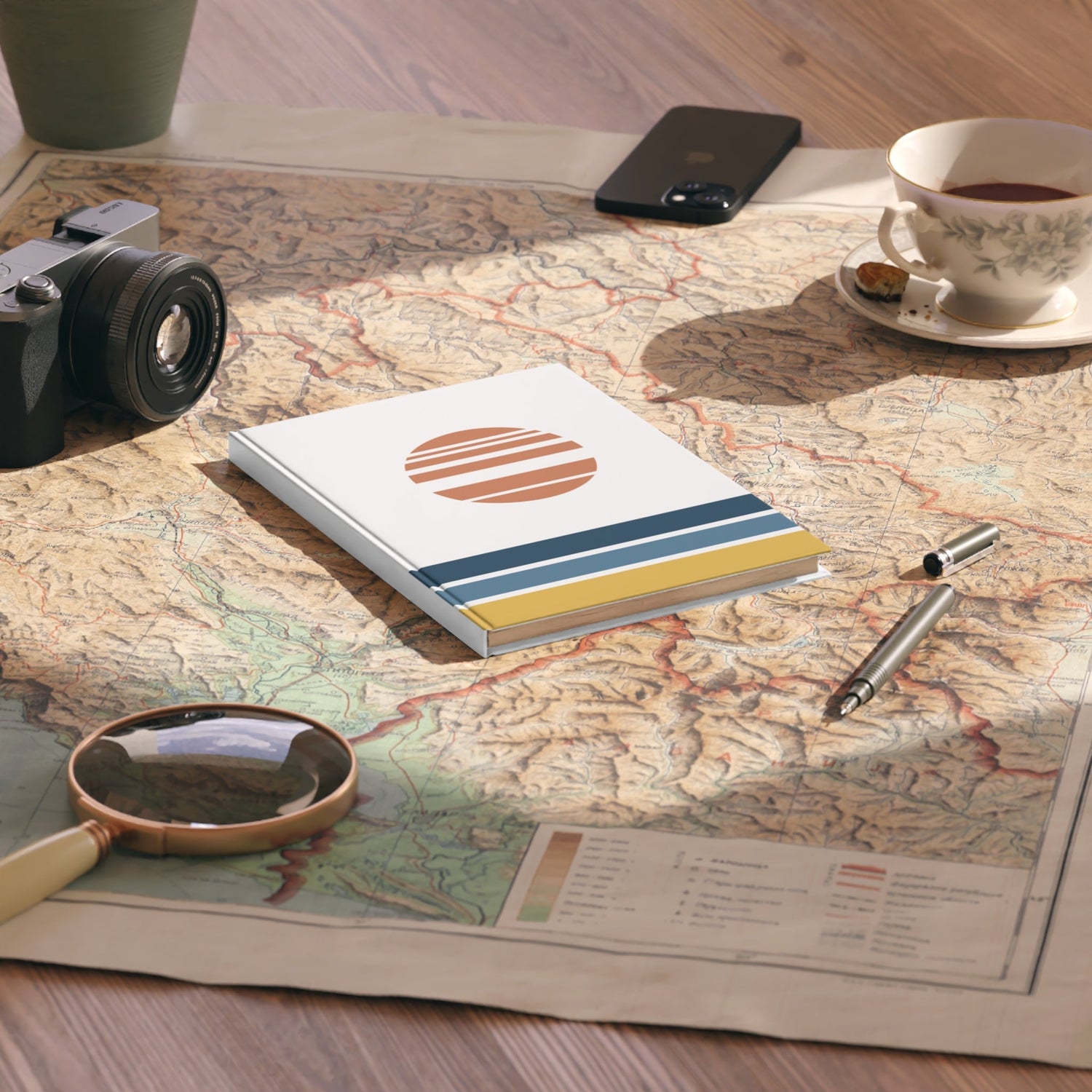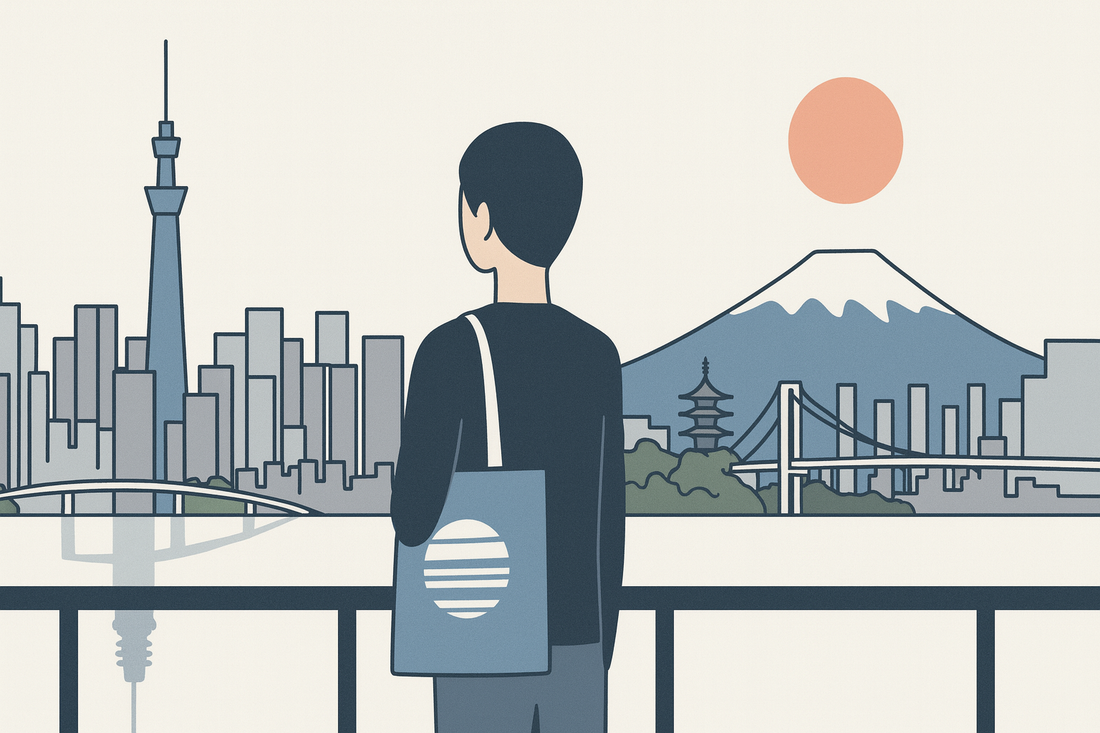
Best Views in Tokyo: Finding Inspiration for Minimal Japanese Art
Share
Tokyo is often described as a city of contrasts — neon skylines set against quiet shrines, dense streets opening suddenly to wide, reflective rivers. For artists and designers inspired by Japanese minimalism, the city offers countless vantage points where stillness meets scale. Here are some of the best places to experience Tokyo’s views, and how they can inspire the spirit behind Konseputo Art.

1. Tokyo Skytree and the Sumida River
From the banks of the Sumida River, Tokyo Skytree rises like a brushstroke against the sky. The calm reflection on the water below creates a natural symmetry — a balance often found in minimalist compositions. At sunset, the fading light softens the steel and glass, offering inspiration for artworks that celebrate impermanence (wabi-sabi).

2. Shinjuku Gyoen National Garden
In the heart of Shinjuku’s skyscrapers, this vast garden offers a reminder of space and silence. Walking through its open lawns and traditional teahouses reveals the principle of ma — the beauty of emptiness between forms. For minimal wall art, this contrast between urban density and natural breathing room provides a powerful visual lesson.

3. Odaiba and Rainbow Bridge
Odaiba’s waterfront gives some of the most expansive cityscapes in Tokyo. From here, Rainbow Bridge frames the skyline in a clean, geometric line. At night, the illuminated bridge becomes a play of light and shadow, evoking the simplicity of lines that inspire many of Konseputo Art’s tote and canvas designs.

4. Mount Fuji from Tokyo
On clear days, Mount Fuji reveals itself in the distance — a quiet reminder of permanence beyond the city’s movement. Viewing Fuji from high vantage points like Roppongi Hills or even from a train window offers a fleeting but profound moment, similar to the philosophy behind our Fuji Clouds and Fuji Horizon artworks.

5. Asakusa’s Sensō-ji and Nakamise Street
For a more traditional perspective, Sensō-ji offers an interplay between vivid detail and open sky. The large temple gate and lantern create strong focal points, while the wide avenue leading toward the temple symbolises clarity of direction. Minimalism doesn’t always mean emptiness — sometimes it’s about finding order within complexity.
Why These Views Matter for Konseputo Art
Konseputo Art draws from the same Japanese principles visible in these views: balance, simplicity, and an appreciation for fleeting beauty. Each artwork — whether a canvas print or tote bag — channels the feeling of standing in these places, where calm and presence define the moment.
